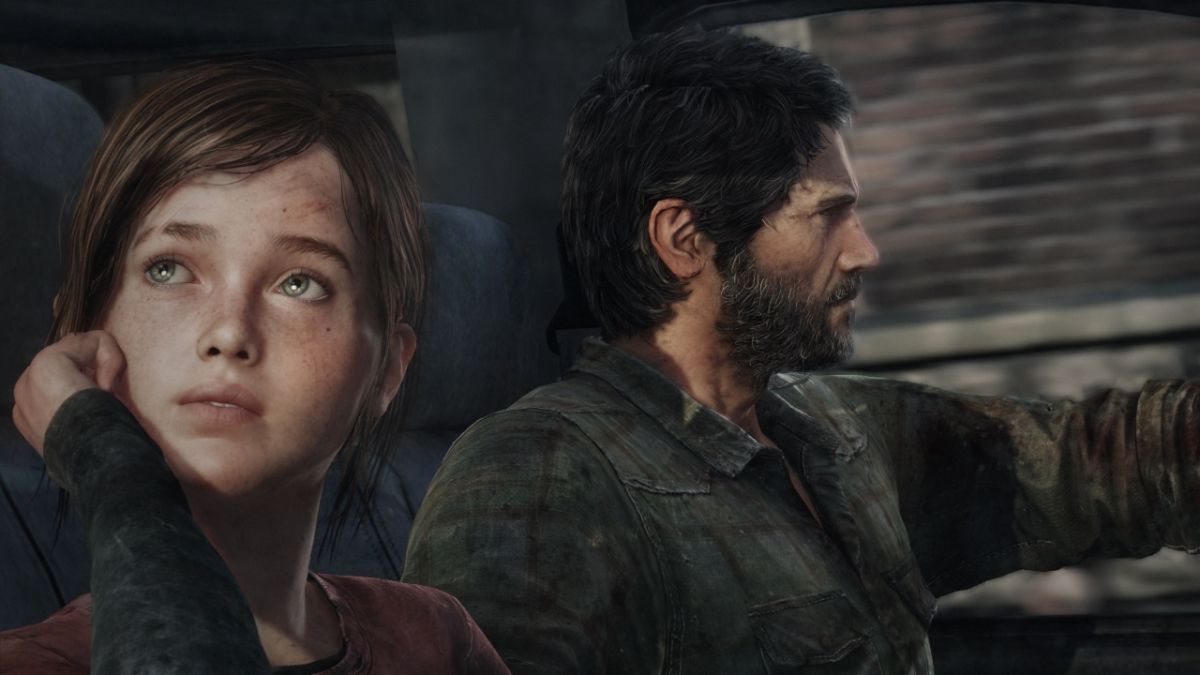Courageous Game Design
Examining courage in one of gaming’s greatest stories

Courage. A word that means something different to everyone, though it confers universal understanding. It could be a soldier in battle, a child standing up to a school bully, or simply a person choosing to live their life by their own rules, regardless of criticism.
In the absence of context, I believe most people would say of courage, “I know it when I see it”.
I recently completed my third play-through of one of the most well regarded games in history, The Last of Us. It has come to represent excellence in story and character development within games, and helped make its developer Naughty Dog a household name. On the precipice of receiving the game’s sequel, let’s revisit a key aspect of the game’s story and soul.

The game’s director, Neil Druckmann, has said that The Last of Us is about the unconditional love of a parent for a child. I would argue that the game is just as much about courage, and some would say that the two subjects are intertwined. Courage to love and be loved are universal themes, evident here in several of the game’s main characters, including Joel and Ellie.
From the very beginning of the game, we see both sides of courage displayed through Joel. To start, he treats Ellie as nothing more than cargo, refusing to trust her. We as the player know this is because his daughter was killed very early in the crisis. He displays a lack of courage because he is afraid to be hurt again. Eventually the paradigm shifts, with Joel growing to trust Ellie, clearly having paternal feelings for her.

Marlene, the leader of a resistance group, essentially raised Ellie from birth, keeping a promise to Ellie’s deceased mother. In the search for a cure to the infection causing the apocalypse, Marlene is always aware she must sacrifice Ellie for the good of all humanity. It doesn’t take much to imagine the pain of facing such an impossible choice, and the courage needed to choose the “right” option.
Ellie’s courage is unique, as she has never known a world other than the apocalypse. Early on, she is forced into a situation where she must trust Joel to get her safely across the country. She eventually must transition to the role of protector when Joel is grievously wounded, striking out alone into the countryside to search for food and medicine to keep Joel alive.
Quite the task for a 14-year old girl, to be sure.
Even more interesting to my mind is the courage shown by developer Naughty Dog in creating this game in the manner it did. When it began development in 2009, games with this kind of structure and story had rarely been seen before. Bioshock was one of the first to create such a convincing world with deep lore, but it still had traditional theater boss battles.
The directors were treading new ground, and they knew that following their acclaimed Uncharted series carried huge expectations. Despite that fact, they took chances at every turn, refusing to compromise the aspects of design and story in which they believed.
The Last of Us eschews the typical game structure of that era, where a linear level would be followed by a boss character at the end, then repeat. Keep in mind this was before open-world games really began to dominate the market. There are no traditional bosses in this game, as it clearly didn’t fit the narrative structure to include them. But such were the norms of the day that many other games tried to shoehorn something in to fit the formula.

Perhaps the most discussed and dissected part of the game is the final scene. At a time when most games ended with cliffhangers or wrapped up their stories in nice neat packages, this ending was a major surprise to the gaming public. So much is left to interpretation, as the final scene ends with a single word and a black screen. Naughty Dog had to know the ending would be divisive, yet they refused to change their vision for the story.
Finally, Naughty Dog took a major chance with a key aspect of Ellie’s backstory. Namely, they decided that Ellie would be presented as gay. In 2009, representation was not the cultural imperative it is today, so a gay leading character was quite the shock to the industry. The studio ended up being praised for the inclusive step the industry needed, but that reaction was certainly not guaranteed.
Sadly, much of the conversation around The Last of Us Part 2 has been derailed by the leak of spoilers for the plot. With any luck, you readers have been spared the details and can go into the game with an open mind. If you were unlucky enough to see the leaks, though, I hope you can still experience the game and appreciate the story Naughty Dog wanted to tell.
That would be a demonstration of courage all its own.
